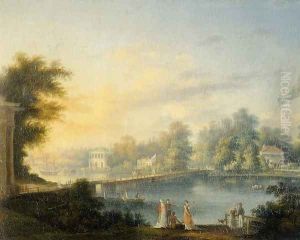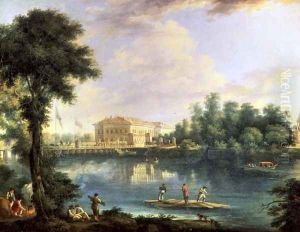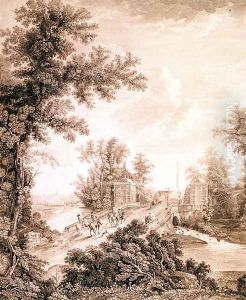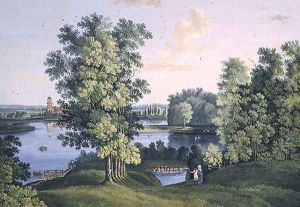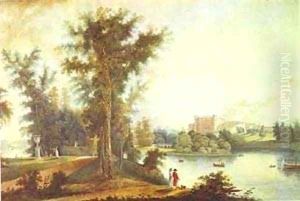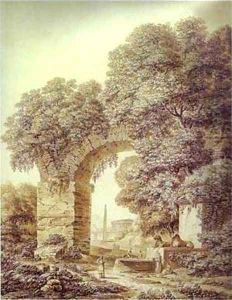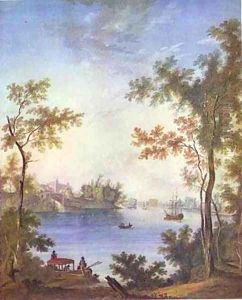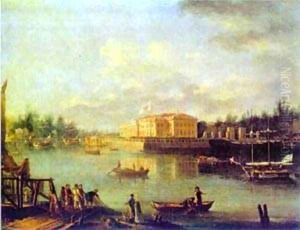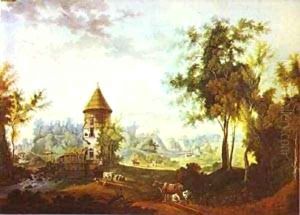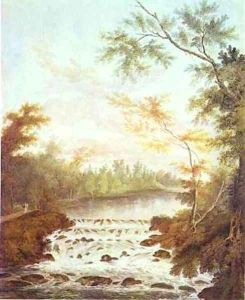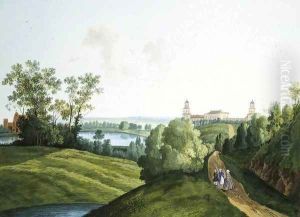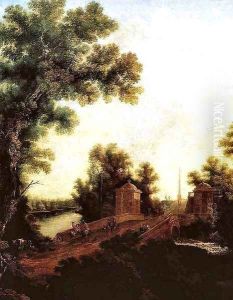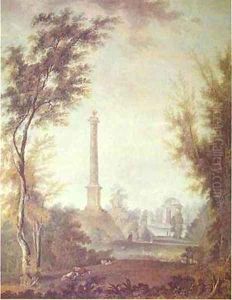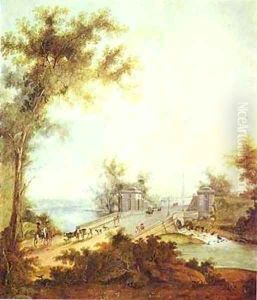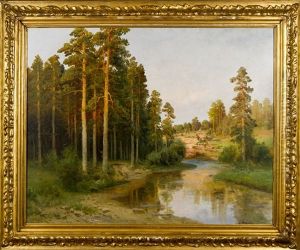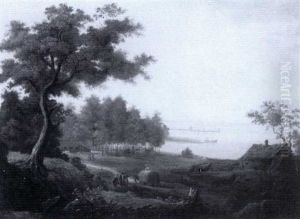Semen Fedorovich Shchedrin Paintings
Semen Fedorovich Shchedrin, born in 1745 in St. Petersburg, Russia, was a seminal figure in the development of Russian landscape painting during the late 18th and early 19th centuries. Coming from a family with a strong artistic lineage, Shchedrin was predestined to immerse himself in the arts. His brother, Sylvester Shchedrin, also became a prominent landscape painter, indicating a familial predisposition towards artistic excellence. Semen Shchedrin's early education in art was fostered at the Imperial Academy of Arts in St. Petersburg, where he honed his skills and developed a keen eye for landscape artistry.
Shchedrin's work is distinguished by its meticulous attention to natural detail, harmonious compositions, and a subtle use of light and shadow, which together evoke a serene, idyllic atmosphere. His landscapes often depicted the Russian countryside, offering viewers a glimpse into the natural beauty of Russia that had previously been somewhat overlooked in Russian art. After graduating from the Academy, Shchedrin spent a significant period in Italy, as was customary for many European artists of the time. His stay in Italy from 1825 to 1828 had a profound influence on his style. The Italian countryside, with its luminous skies and ancient ruins, inspired Shchedrin to adopt a warmer palette and a more refined approach to depicting light and atmosphere.
Upon returning to Russia, Shchedrin applied these influences to his depictions of Russian landscapes, effectively bridging Western European artistic techniques with Russian subjects. His works from this period are considered some of his finest, embodying a perfect fusion of classical landscape traditions with the unique characteristics of Russian nature. Semen Fedorovich Shchedrin's contributions to Russian art were not limited to his paintings. He also served as a professor at the Imperial Academy of Arts, where he taught and influenced the next generation of Russian artists. His teachings emphasized the importance of studying nature directly, a principle that became a cornerstone of Russian landscape painting.
Shchedrin's legacy is marked by his role in elevating landscape painting to a respected genre in Russian art. Before his influence, landscapes often served merely as backdrops to historical or mythological scenes. Through his dedication to capturing the beauty and diversity of the Russian landscape, Shchedrin helped to establish landscape painting as a significant and independent genre within Russian art. Semen Fedorovich Shchedrin passed away in 1804, but his impact on the world of art, especially in the realm of landscape painting, endures. His works continue to be celebrated for their beauty, technical excellence, and pioneering role in the development of Russian landscape art.
